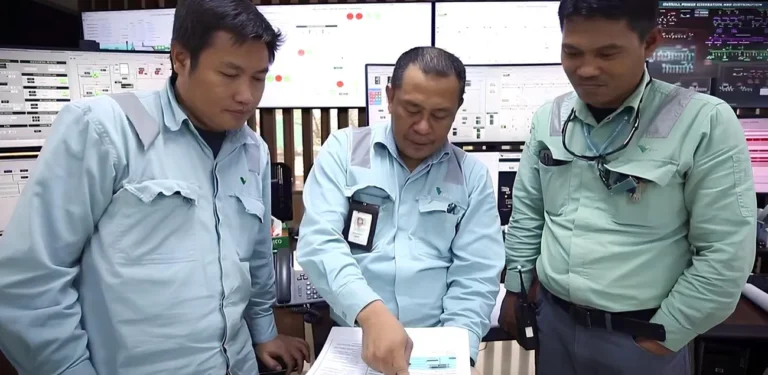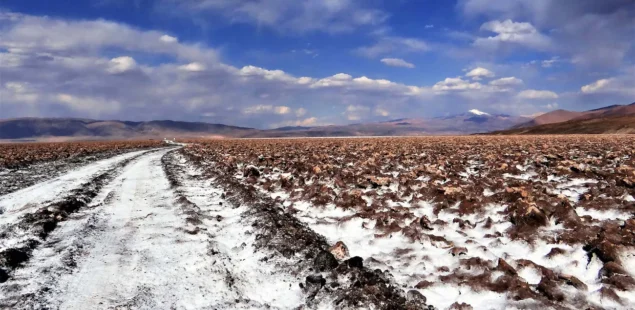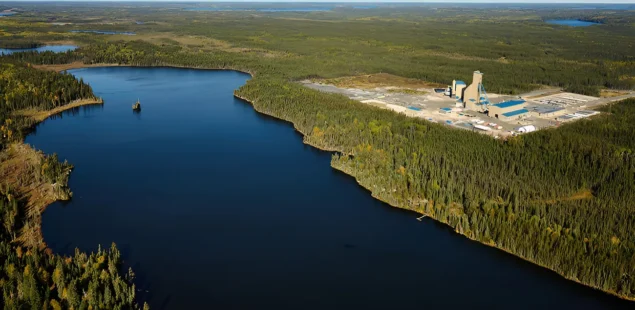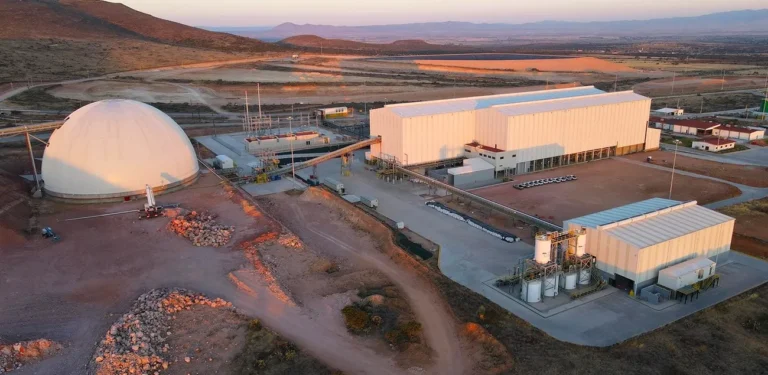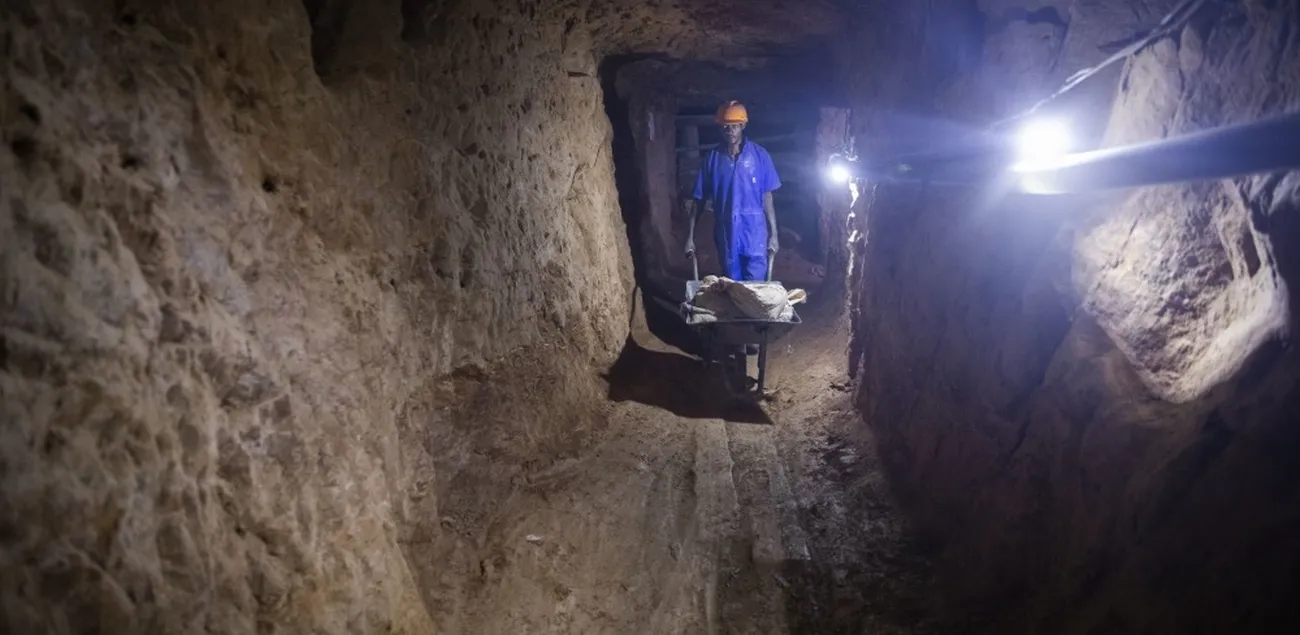
Aterian, a London-listed critical-minerals explorer, and Rio Tinto, the world’s second-largest miner, have reported high-grade lithium hits at their Kinunga joint-venture project in Rwanda, including 3.2 % Li over 3.5 m and 2.1 % Li over 6.9 m. The results, from the first two of 12 planned targets, prompted Rio Tinto to exercise a Stage-1 earn-in option for 51 % of the permit and lifted expectations that Rwanda could become a new source of battery-grade spodumene concentrate.
Drill Results Underscore Potential
Core recovered from a 174.6-m hole intersected a 3.45-m zone grading 3.2 % Li within a broader 6.9-m section at 2.11 % Li. Executive chairman Charles Bray called the grades “particularly strong,” noting that anything above 1.5 % Li is generally regarded as high quality. The programme covers 19 mapped pegmatite swarms across 2,750 ha; with ten targets still untouched, the partners plan step-out drilling aimed at producing an initial mineral-resource estimate in 2026.
Global Grade Benchmarks and Market Impact
Spodumene melts above 1,000 °C, so higher in-situ grades translate directly into lower processing costs. Rwanda’s best intercept to date matches a 3.2 % Li hit at Red Mountain in the United States but over a shorter interval, and trails the nine-metre, 4.0 % Li zone logged last year at Patriot Battery Metals’ Corvette project in Québec. Still, the grades compare favourably with West Australian averages near 1.2 % Li. The discovery arrives as Chinese domestic lithium-carbonate prices have rebounded to around RMB 64,900/t—about $9,050/t—after a month-long rally, narrowing converters’ margins.
Pathway to Development and Local Value
Under the 2023 venture terms, Rio Tinto funds staged exploration in return for up to 75 % ownership. The major’s decision to proceed to Stage 1 will accelerate metallurgical test-work and environmental baseline studies. No mining schedule has been fixed, but Bray said the partners intend to “advance towards a maiden resource estimate as quickly as we can” and emphasised processing “as much as possible in-country.” Rwanda already operates Africa’s only fully mechanised coltan mine and wants in-state upgrading to capture more value from critical metals.
Company Background and Market Context
Aterian, which holds projects in Morocco and Rwanda, was capitalised at roughly £4.5 million ($6.0 million) on 11 July. Rio Tinto has expanded its battery-materials footprint with late-stage projects at Rincon in Argentina and lithium borate at Jadar in Serbia, both awaiting permitting decisions. Kinunga gives the group exposure to hard-rock lithium in Africa, complementing its copper developments in neighbouring DRC. For Rwanda, mining contributed 3 % of GDP in 2024; official data show mining and quarrying GDP at about RWF 49 billion, or $34 million at today’s rates, in Q1 2025.
Lithium is integral to the cathodes of nearly all rechargeable batteries that power electric vehicles, grid-storage units, and consumer electronics. After collapsing 80 % from 2022 peaks, benchmark prices stabilised in mid-2025 as Chinese automakers accelerated low-cost EV launches and western buyers restocked inventories.
